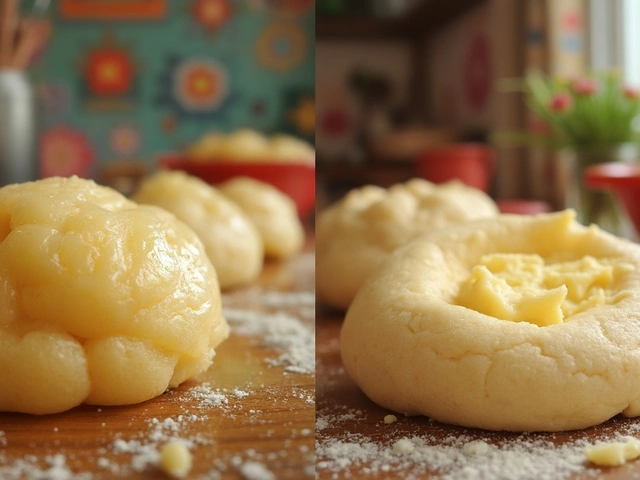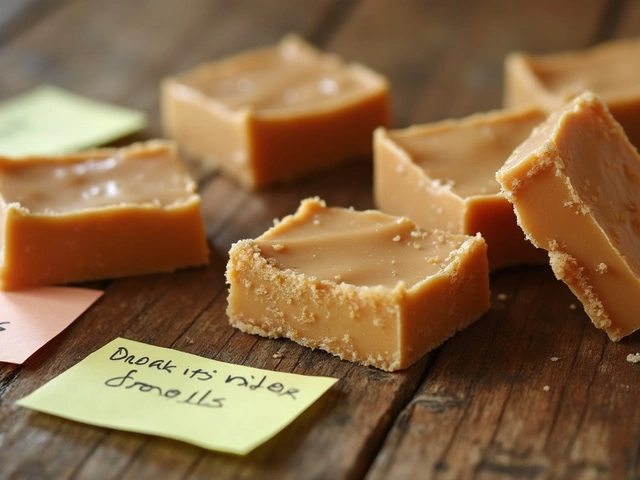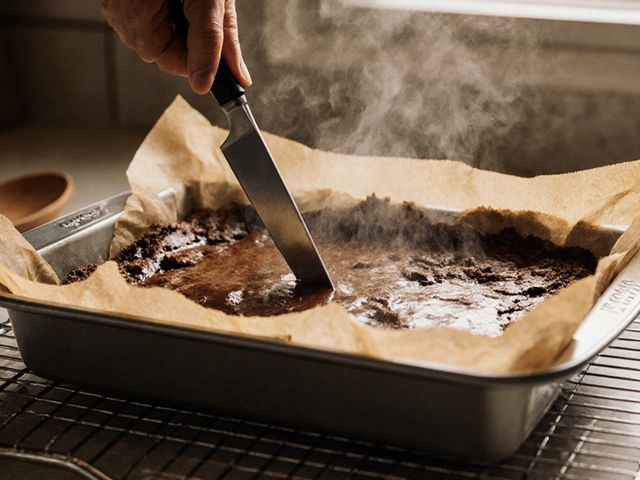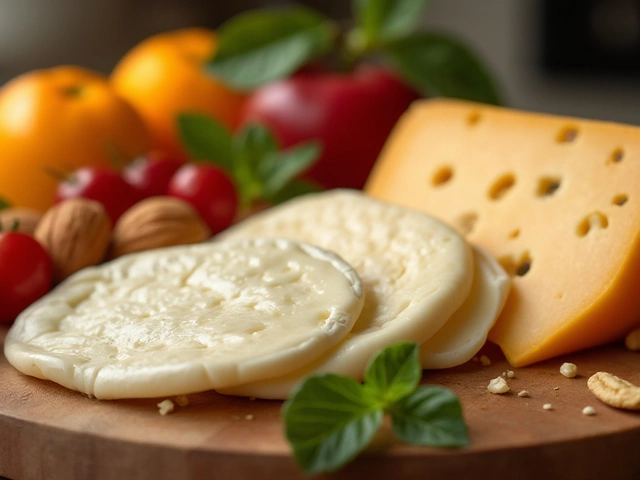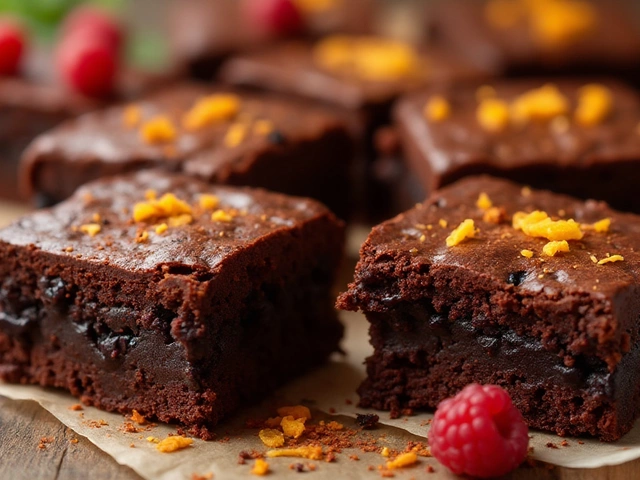Brazilian Dairy Packaging
When working with Brazilian dairy packaging, the way milk‑based products are packed, stored, and labeled in Brazil. Also known as dairy packaging Brazil, it directly influences freshness, safety, and consumer trust.
One of the biggest players in this space is sour cream. Its smooth texture depends on airtight tubs that keep off moisture and mold. Another star is mascarpone, a rich Italian cheese that Brazil imports and repackages in sealed containers to preserve its buttery flavor. Both ingredients prove that Brazilian dairy packaging isn’t just a wrapper—it’s a shield for taste.
The packaging world also talks a lot about sustainable packaging. Recyclable cartons and bio‑based plastics are gaining ground because shoppers care about waste. When a product uses eco‑friendly packs, it often enjoys a longer shelf life thanks to better barrier properties, which in turn helps food‑safety regulators maintain strict standards. In short, sustainability and safety walk hand‑in‑hand.
Food‑safety rules are another piece of the puzzle. Brazilian law requires clear allergen labels on dairy packs, especially for items like sour cream that can trigger reactions. Accurate labeling lets bakers avoid costly mistakes in recipes such as cheesecake or fudge, where a hidden ingredient can ruin texture. That’s why many dessert creators keep a close eye on the packaging details before they even stir the batter.
Speaking of desserts, the packaging choices you see on the shelf shape what ends up in the kitchen. A well‑sealed tub of sour cream makes it easier to whip a fluffy cheesecake filling, while a sturdy mascarpone jar lets you fold it into tiramisu without worrying about leaks. Even trends like gluten‑free cakes benefit from reliable packs that prevent cross‑contamination, keeping the crumb light and the flavor pure.
Brazil’s market also influences packaging design. Local brands often prefer Tetra Pak cartons for milk because they’re lightweight and travel well across the country’s vast regions. This choice impacts everything from price to the carbon footprint of a product. Understanding these regional preferences helps food‑service professionals pick the right pack for their menu items.
In practice, the link between packaging and recipe success shows up in everyday kitchen decisions. If you notice a sour cream container that’s bulging, it’s a sign of bacterial growth—skip it and your cheesecake will stay silky. Likewise, a mascarpone pack with a torn seal can introduce air, drying out the cheese and making tiramisu less creamy. Paying attention to the pack’s condition is a simple step that protects both health and taste.
All these factors—ingredient integrity, sustainability, labeling, and regional habits—create a rich ecosystem around Brazilian dairy packaging. Below you’ll find articles that dive deeper into each of these angles, from sour cream tricks to mascarpone storage tips, and from food‑safety checklists to eco‑packaging trends. Let’s explore how the right pack can turn an ordinary dessert into a standout treat.
Who Invented the Requeijão Cup? The Surprising Story Behind Brazil’s Iconic Glass Jar
Discover who created Brazil's iconic requeijão cup, the 1957 glass‑jar innovation by João Batista de Almeida, and how Nestlé turned it into a national staple.
View More
